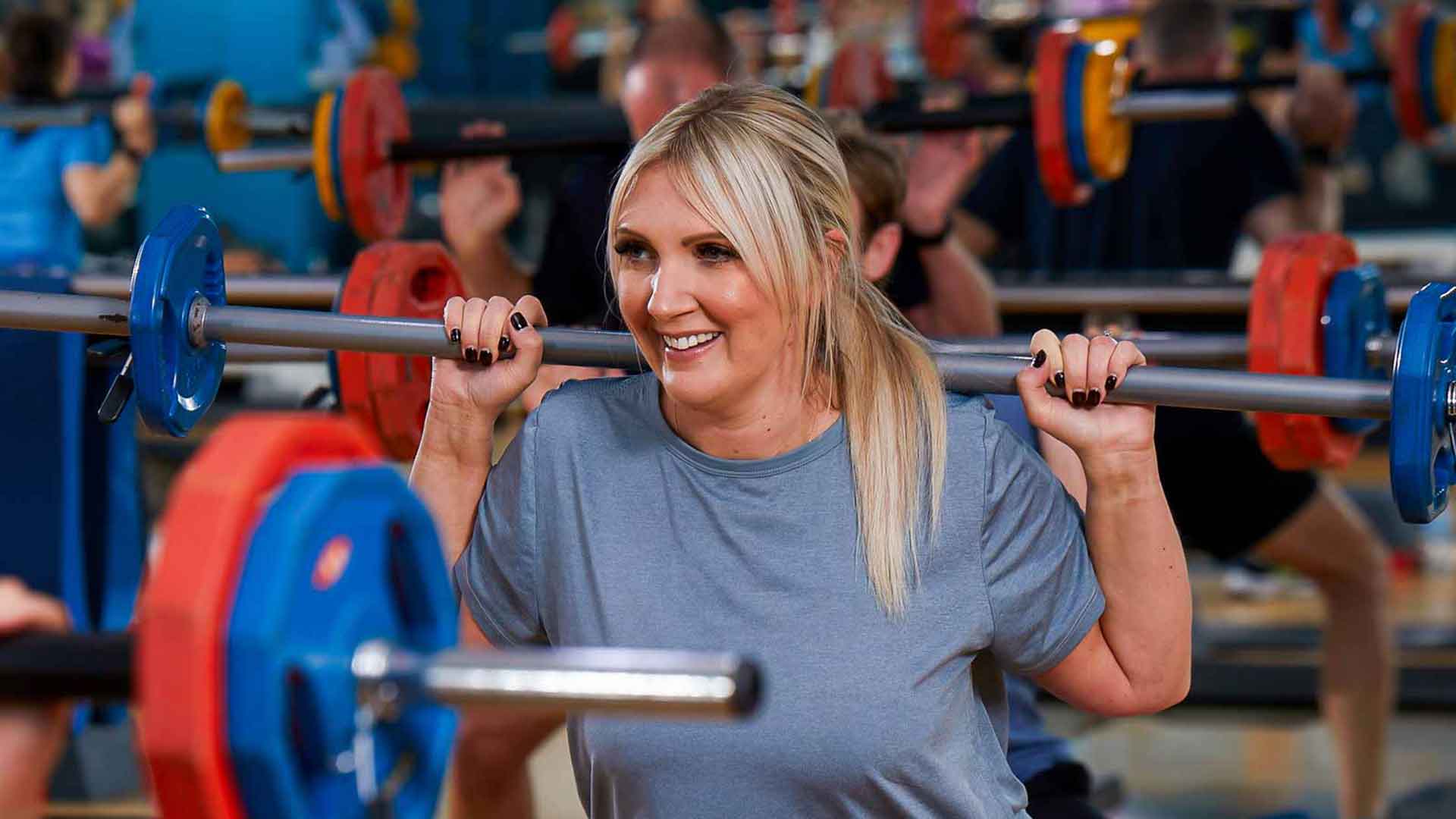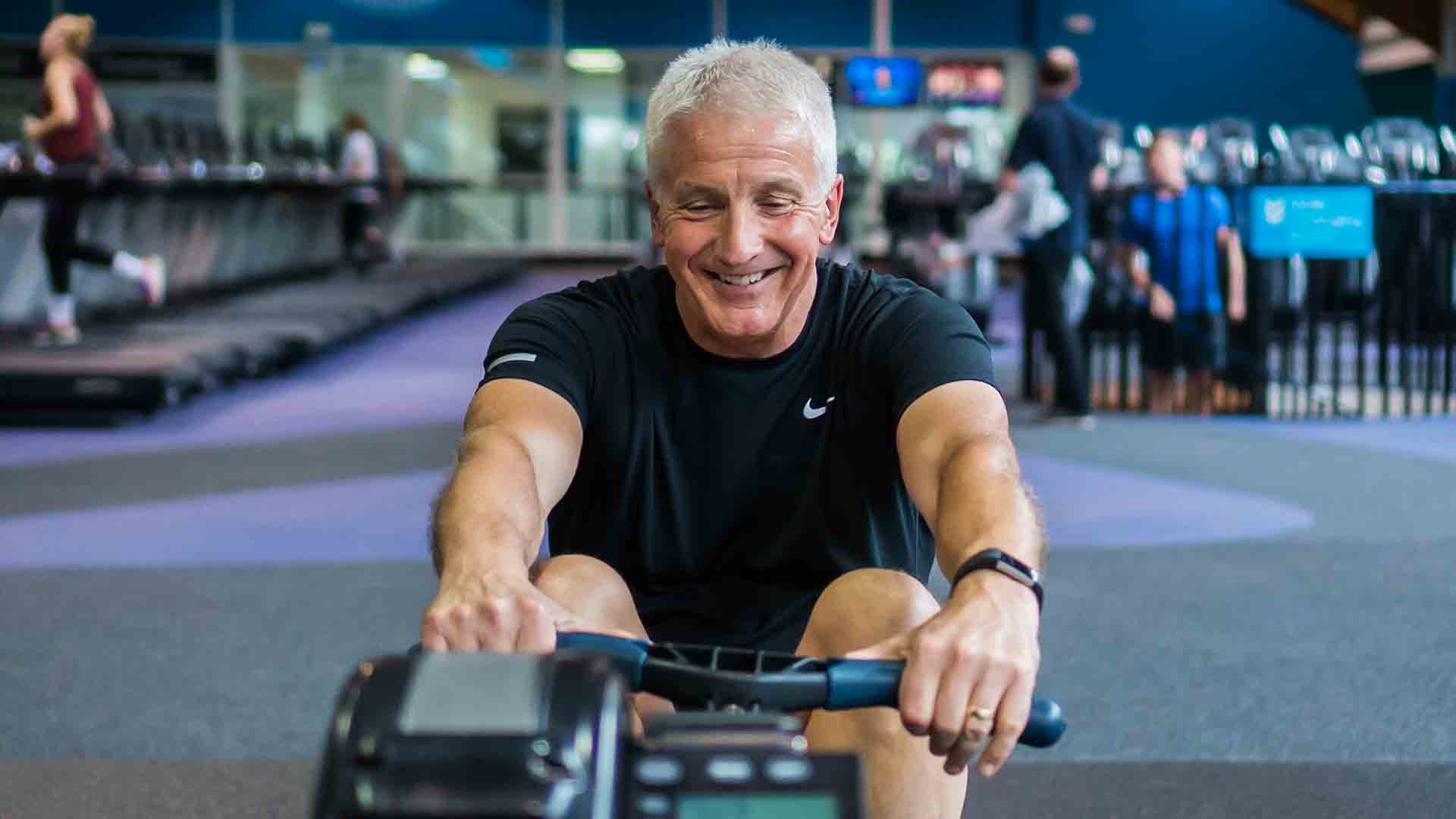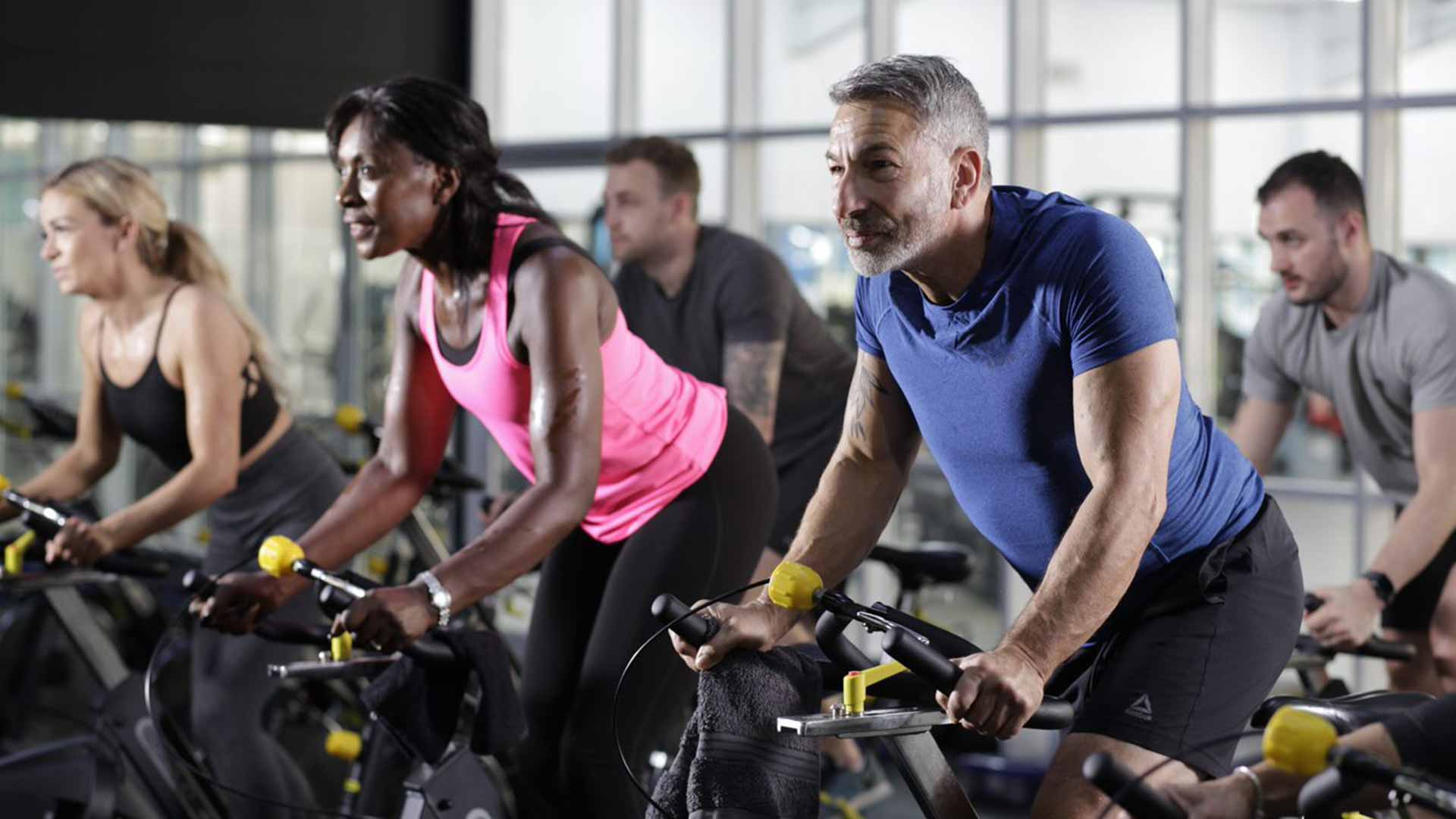- 29/12/2023
- Women's Fitness
Experiencing Menopause can bring about significant changes to a women's body and mind. Every woman is different, but it brings about a range of symptoms from fatigue, hot flushes, anxiety and insomnia that can have a real impact on their everyday lives.
In this blog, we explore how incorporating regular exercise into your routine can help to ease some of the symptoms that are brought on by menopause, and some of the science behind why it can be so effective.
Powerful Pelvic Floor
One of the challenges of menopause can include incontinence and discomfort. Strengthening the muscles know as your Pelvic Floor Muscles can ease these symptoms and give you more control of your body. They’re the muscles located at the base of the pelvis that support the bladder and uterus. Try adding Kegel exercises into your workout routine and add in some Yoga and Pilates sessions.
In our blog ‘Empower Your Core: A Guide to Strengthening Your Pelvic Floor’ you’ll find some example exercises to try, alongside more information on understanding the Pelvic Floor and how to incorporate these into your everyday life.
Hormone Balancing
Exercise plays a crucial role in regulating hormones like cortisol and endorphins. By reducing cortisol levels and increasing endorphins, exercise helps restore hormonal balance during menopause. This balance minimises symptoms like mood swings and fatigue, allowing women to feel more centred and in control.
Hot Flush Relief
Hot flushes and night sweats that accompany menopause can often disrupt sleep and impact your routine. Regular exercise can help bring down the frequency and intensity of these symptoms, so by adding in exercise to your regular routine you’ll experience better sleep, enhanced comfort, and a newfound sense of control over your body
Bone Health
The decline in the amount of oestrogen during menopause can pose a risk to your bone health and increase the chances of osteoporosis. Exercises that increase bone strength including walking, jogging, and weight training, which also has the added benefit of minimising the risk of injury in the future too.
Mood Enhancement
Hormonal fluctuations during menopause can bring about mood swings, anxiety, and depression. Exercise acts as a natural mood booster, stimulating the release of endorphins which give us that feel-good feeling. This flood of endorphins promotes happiness, reduces stress, and enhances overall mental wellbeing, reducing cortisol levels.
Exercises like Yoga, Pilates, and meditation are stress relieving in nature - in contrast to High Intensity Interval Training and weightlifting which are stress inducing in nature. With this in mind, you can use both high intensity and more meditative exercise to help boost your mood and release those positive endorphins, it’s about finding what works for you and your body (which can change from day to day). Check out our blog on how to tackle stress through exercise to find out how to channel exercise in the right way.





